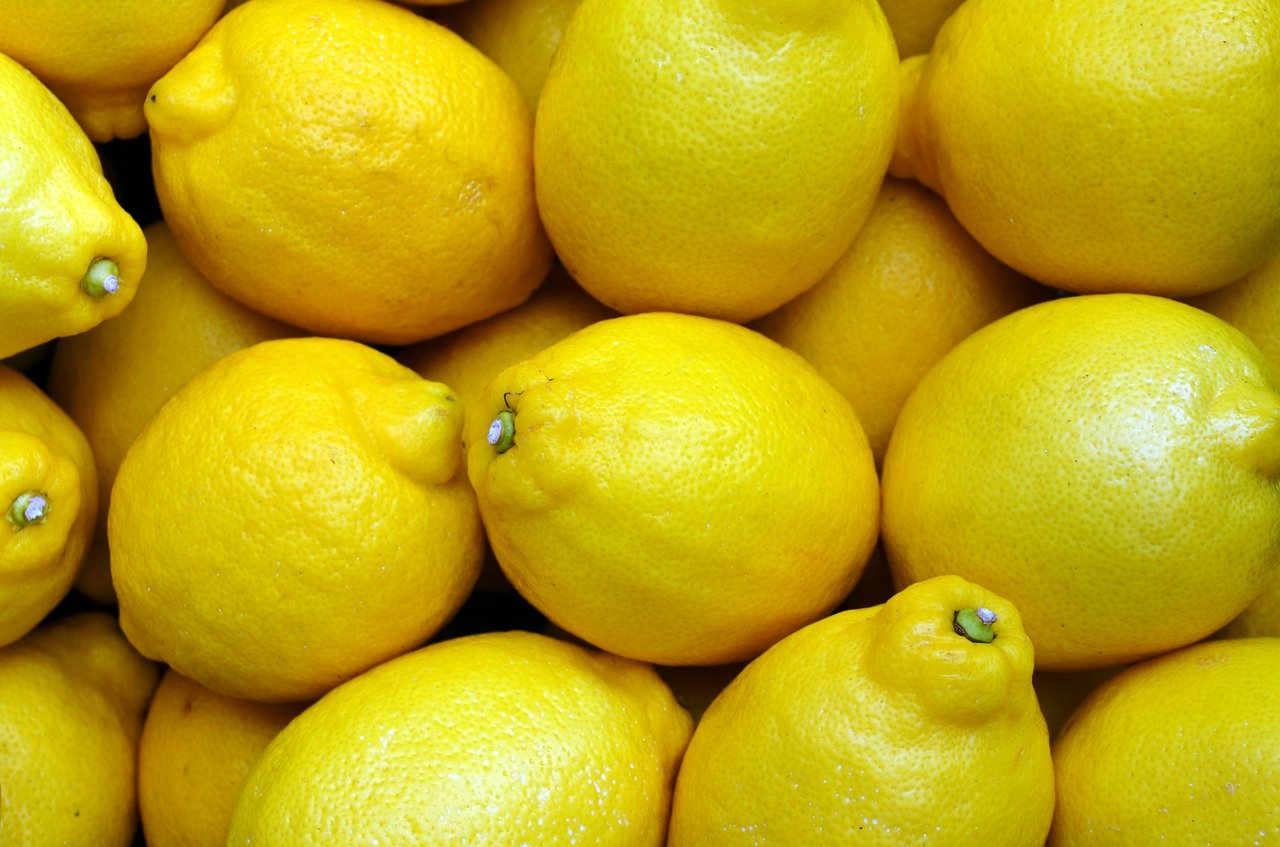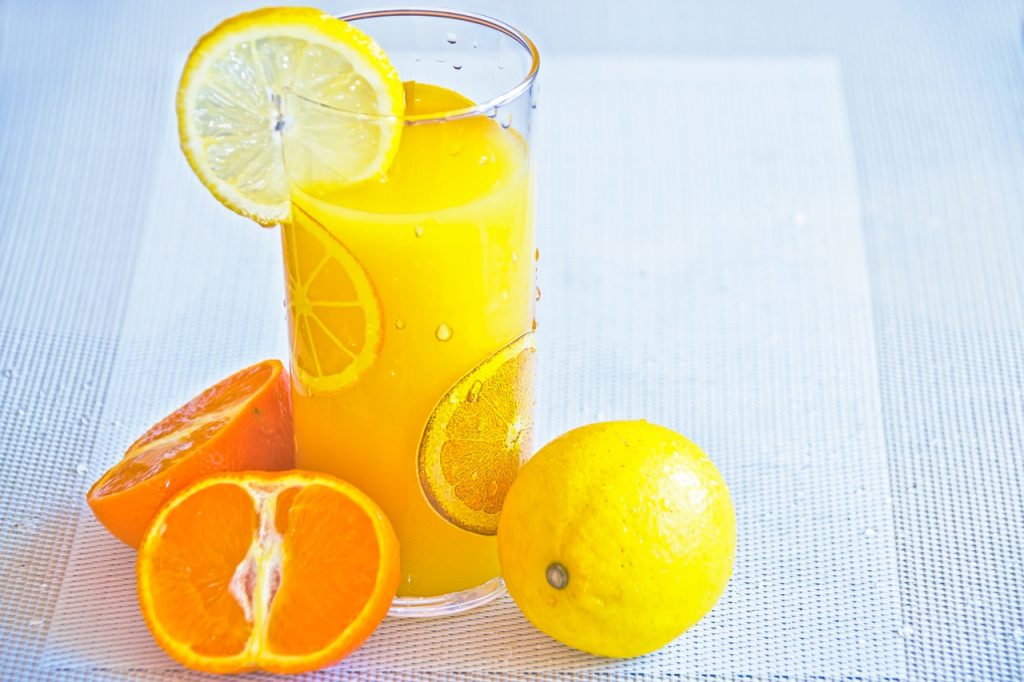
Vitamin C is essential for the proper functioning of the body. This compound, whose chemical name is ascorbic acid, is involved in many important processes and functions, and a long-term lack of it in the diet can lead to serious problems. What foods have the most vitamin C?
Vitamin C is a water-soluble vitamin found in many foods. The richest sources of this vitamin are fruits and vegetables. This mineral is known to be a powerful antioxidant. Its consumption has a positive effect on the condition of the skin and also improves the functioning of many organs.
Vitamin C is also used by the body to synthesize collagen, and to strengthen connective tissue, bones, teeth and small blood vessels. The human body is unable to produce or store vitamin C on its own, so it must be consumed regularly. The average daily requirement of vitamin C is 90 mg

Acerola, whose other name is Malpighia emarginata, is rich in vitamin C
100 grams of this product contains 1670 mg of vitamin C, which is 1855% of the daily requirement for this ingredient. Studies using the extract of this plant have shown that its consumption prevents the formation of cancerous tumors, as well as protects the skin from ultraviolet radiation and reduces damage to human DNA caused by poor diet.
Wild rose is a small, sweet fruit obtained from the rose flower. It has a high vitamin C content. 100 grams of rosehip contains an average of 650 mg of vitamin C, which is 929% of the standard daily requirement. This product helps to improve collagen synthesis and also improves skin condition, regardless of the age of the person.
100 grams of green chili peppers contain up to 641 mg of vitamin C, which is about 712% of the daily intake. At the same time, 100 grams of red peppers contain no more than 382 mg of vitamin C, which is only 424% of the daily value for consumption
Note that chili peppers have a high content of capsaicin, which is responsible for its spiciness. Capsaicin can also be used to relieve pain and inflammation. Researchers’ studies have shown that consuming 10 grams of red chili powder also improves fat burning
Guava is a pink tropical fruit native to Mexico and South America. 100 grams of this fruit contains as much as 182 mg of vitamin C, which is about 202% of the optimal daily value. This fruit is also rich in lycopene, known for its antioxidant properties. a 6-week study involving 45 young and healthy people found that eating 400 grams of guava a day can significantly lower blood pressure and cholesterol levels.
The vitamin C content of sweet yellow peppers may increase as the fruit ripens. 100 grams of this vegetable contains 182 mg of vitamin C, which is about 202% of the daily requirement.
100 grams of black currant contains 180 mg of vitamin C, which is equivalent to 200% of the daily intake. The dark color of currant is due to its high content of antioxidants and flavonoids, called anthocyanins. The combination of micronutrients, such as vitamin C and anthocyanins, helps reduce levels of oxidative damage that can be caused by chronic diseases, including heart disease, cancer and neurodegenerative diseases.
Fresh thyme is a popular herb and spice that contains three times as much vitamin C as an orange fruit. Thyme has one of the highest concentrations of vitamin C of any spice used in cooking. 100 grams of fresh thyme contains 160 mg of vitamin C, or about one and a half times your daily allowance. To boost your immune system, simply add 1-2 tablespoons of fresh thyme to cooked foods.
Thyme is also known as one of the best remedies for sore throats and respiratory problems because it improves antibody production and kills viruses and harmful bacteria.
100 grams of fresh parsley contains up to 125 mg of vitamin C, which is 138% of the daily value. In addition, parsley is one of the richest sources of iron. The combination of these two elements in this plant helps prevent the development of iron deficiency anemia
100 grams of raw cabbage contains up to 45 mg of vitamin C, or about 50% of the daily requirement. In addition, raw cabbage is rich in vitamin K, carotenoids, lutein and zeaxanthin. Although cooking this vegetable reduces the vitamin C content, it allows for more antioxidants that prevent the development of chronic diseases and eliminate inflammation.
100 grams of kiwi contains 109 mg of vitamin C, or 121% of the daily requirement. Studies have shown that regular consumption of kiwifruit reduces the negative effects of stress, lowers blood cholesterol levels and strengthens the immune system.
Half a cup of cooked broccoli contains 51 mg of vitamin C, which is 57% of the daily intake. Daily consumption of cooked broccoli helps reduce the risk of cancer and cardiovascular disease
In the 18th century, workers on large seagoing ships stocked up on lemon fruit to prevent the development of scurvy. 100 grams of lemon contains up to 53 mg of vitamin C, which is 58% of the daily requirement. Note that the vitamin C in lemon juice also acts as an antioxidant.
Photo by Richard John/Pixabay